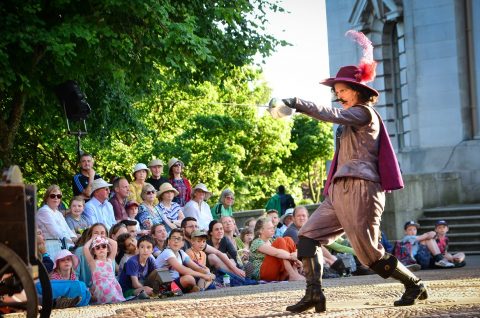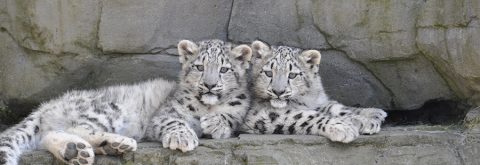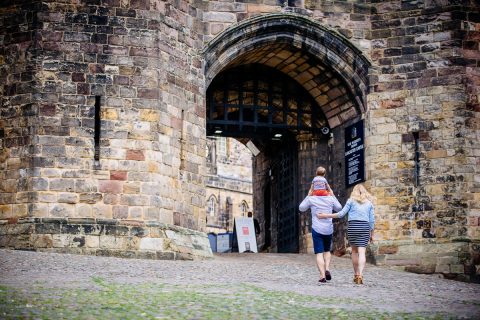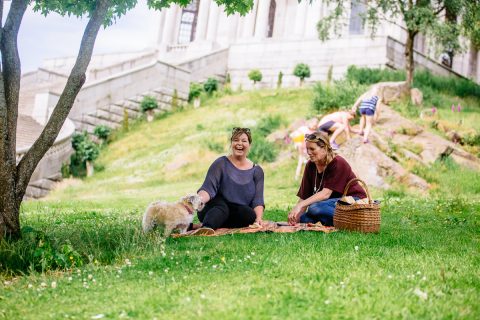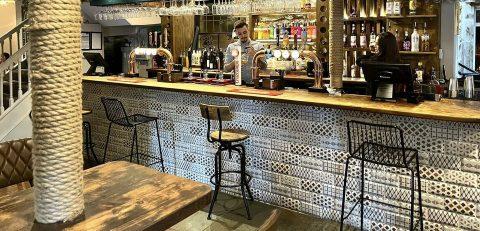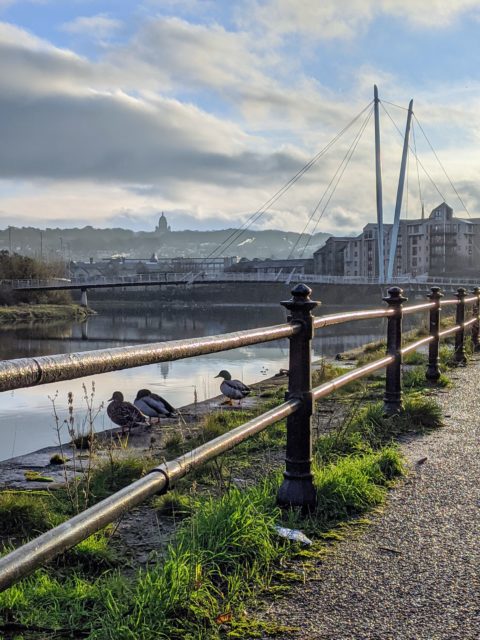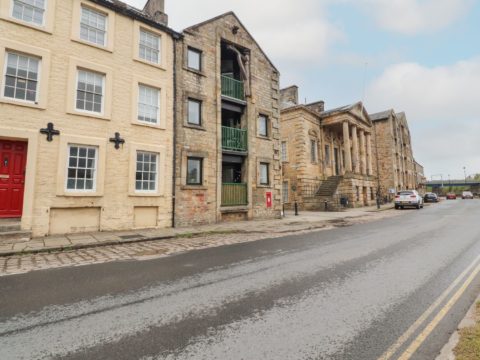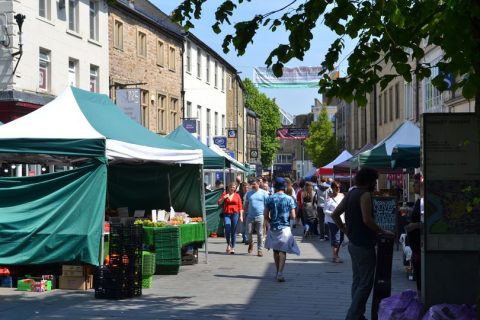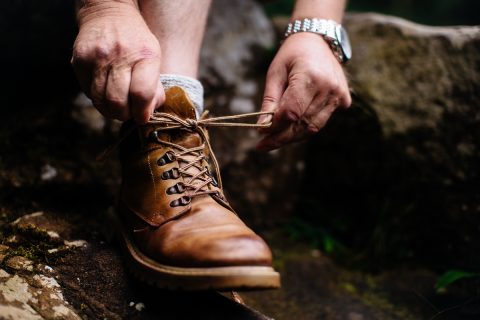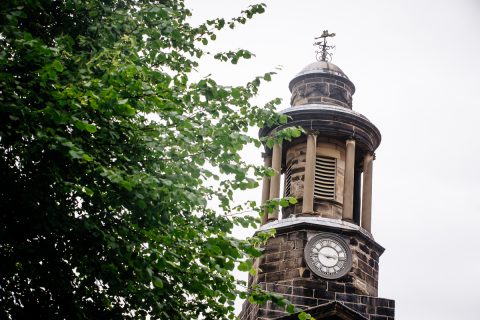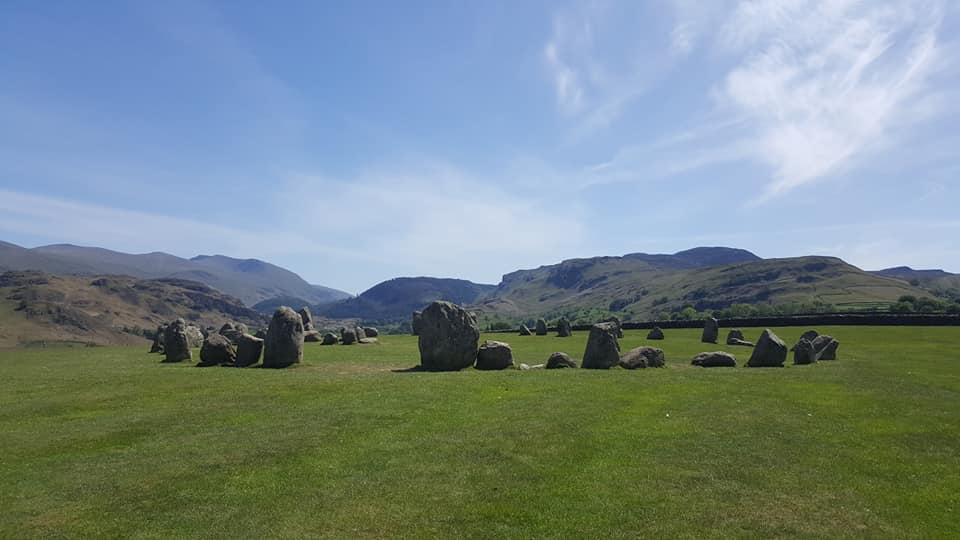The beginning of prehistoric monument building
Prehistoric people did not always build great monuments in Britain and Ireland. The practice didn’t start until the Neolithic, after about 4000 BC. Before then, in the Late Mesolithic, people were mobile hunter-gatherers, and their ritual lives appear to have been focussed on their interactions with the natural world and with animals.
The Neolithic saw the start of monument building, and the use of pottery, keeping domesticated crops and animals, and making polished stone tools. Most archaeologists call this the “Neolithic package”, and this was fully implemented in Britain and Ireland by about 3800 BC. Mainland Europe had been building impressive monuments for years before Britain, but the first types of monuments to be built in the Early Neolithic were stone chambered tombs primarily for the burial of the dead.
It was the Later Neolithic (3200-2500 BC) that saw the construction of henges and stone circles. Late Neolithic circles were quite often enormous, such as Avebury in Wiltshire, the Ring of Brodgar in Orkney, and Stanton Drew in Somerset. The Bronze Age monument building was characterised by the erecting of round barrows (such as that at Torrisholme), but henge monuments and stone circles were still built mostly on a much smaller scale, while existing circles were still used.
What was the function of a stone circle?
This is the million-pound question as in truth, nobody knows, and there is much debate. So, you can visit the stones and wonder perhaps in awe about what happened at these places so long ago. We presume that they were for ritual and religious purposes, they were certainly used for burials and cremations, and frequently remains of bones, cremations and typical stone funerary cists have been unearthed from within the circles. There is also debate of their astronomical significance, some believe there was astronomical intent in their construction, while others argue for more economic purposes. For example, there is widespread belief that the situation of Castlerigg meant that it was associated with the trade in stone axes from the Langdales. There is, however, evidence for the alignment of stone with simple astronomical events, such as the rising and setting of the sun and moon at important annual events such as the winter and summer solstice.
I believe stone circles would have been used for a variety of purposes and acted as a focal point for communities to gather. Be it for trade, to meet other tribes, to celebrate or to take part in rituals. They may have even offered a rare opportunity for the exchange of ideas. For those living in the northwest this was an opportunity to meet people who may have come from the other end of the country just to trade.

Castlerigg Stone Circle
Where is the nearest stone circle to Lancaster?
Unfortunately, Lancashire is not as blessed with stone circles as Cumbria is. There is evidence of a ceremonial circle (timber, rather than stone) at Bleasdale in the Forest of Bowland. In contrast, the Lake District can boast of over 50 stone circles! The only stone circle to speak of near Lancaster is Summerhouse Hill stone circle near Leighton Hall. This would have been the largest stone circle in Lancashire. The irregular circle is 140 metres in diameter and is surrounded by a shallow ditch on all sides except the east. There are just four remaining stones, two outliers, and socket holes remaining also.

Summerhouse Hill Stone Circle
However, many believe the site is unconvincing. Although the location is good, with clear views west towards Morecambe Bay, the two western stones are positioned noticeably downslope, so any alleged circle here was not marking out the true hilltop. The hefty stones – each roughly spherical with diameters in the region of 1.5m – are all only partially embedded into the ground, there is no indication that they were ever set in proper stone holes. The fact that the ‘surviving’ stones are not embedded at all is also problematic. It is much more likely that the stones are the surviving elements of a collapsed tor or, less likely, just glacial erratics.
There are also three possible stone circles near Burnley at Mosley Height, Worsthorne Moor, and Delf Hill, as well as one on Thirteen Stone Hill on Haslingdon Moor, near Rossendale. However, all four of these are in quite a poor state of preservation, Delf Hill probably being the best, yet still an unimpressively small circle made up of just six stones that only the most hardcore stone circle enthusiasts would appreciate! Therefore, I would suggest a trip into the Lake District to fully appreciate stone circles. There are three stone circles that stand out considerably from the rest and a well known internationally. Castlerigg, as mentioned above, is widely known and is often visited due to its impressive situation, and its proximity to the popular Lake District town of Keswick in the central Lakes. Castlerigg is dated to 3200 BC (Late Neolithic), making it one of the oldest stone circles in Europe, and is visually stunning, set on a plateau above Keswick, in an amphitheatre of hills.
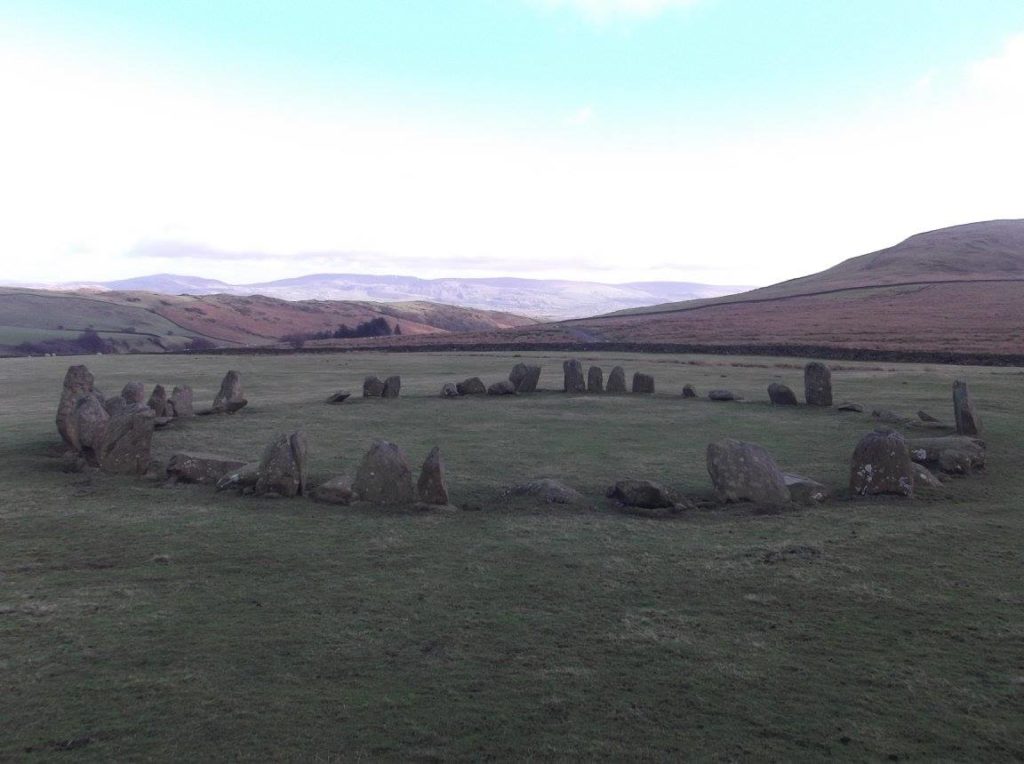
Swinside Stone Circle
Next is Long Meg and Her Daughters near Penrith, the third largest stone circle in England, made up of 59 stones and dating to the Bronze Age, about 1500-1000- BC. A slightly oval circle, the outlier Long Meg is a tall stone (3.6m) made from local red sandstone, whereas the “daughters” are made from granite rock. The least well know of the three is just as impressive. Swinside stone circle, near Broughton-in-Furness in the western Lakes boasts 55 stones with 32 still standing and this is another old circle dated to 3000 BC (Late Neolithic). It is peacefully isolated and atmospheric with very few visitors. Though not quite as majestic as Castlerigg, Swinside still enjoys a dramatic setting surrounded by the fells of the Western Lakes and is surely one of the best stone circles to be found in Europe. Its stones are unusually close together, a characteristic of many of the earlier circles.
Top Ten Stone Circles in Cumbria:
- Castlerigg, Keswick – 3200 BC (Late Neolithic)
- Long Meg and Her Daughters, Little Salkeld near Penrith – 1500-1000 BC (Middle Bronze Age)
- Swinside near Broughton-in-Furness – 3000 BC (Late Neolithic)
- The Cockpit on Moor Divock, Pooley Bridge near Penrith – Bronze Age
- Gamelands, Orton near Kendal – 1800-1400 BC (Early-Mid Bronze Age)
- Gunnerkeld, Shap near Penrith – 2500 BC (Early Bronze Age)
- Elva Plain, Embleton near Cockermouth – Late Neolithic
- Oddendale, Shap near Penrith – Late Neolithic/Early Bronze Age
- Brat’s Hill Circle – largest of the several circles on Burnmoor, Boot near Egremont and Millom – Bronze Age
- Blakely Raise Ennerdale Bridge near Whitehaven – Bronze Age
Stone circle legends or myths
Long Meg and her Daughters are the stuff of legends. One story goes that a coven of witches were celebrating the Sabbath, sometime in the 13th century, and a Scottish wizard called Michael Scott, found them and cast a spell, turning them to stone. Another explanation is that the stones of the circle were all Long Meg’s lovers. One tradition, now widespread amongst the folklore of stone circles is that the number of stones is uncountable, and anyone who tries will always get a different number. A further story says that if Long Meg were to be shattered, the stone will run with blood!
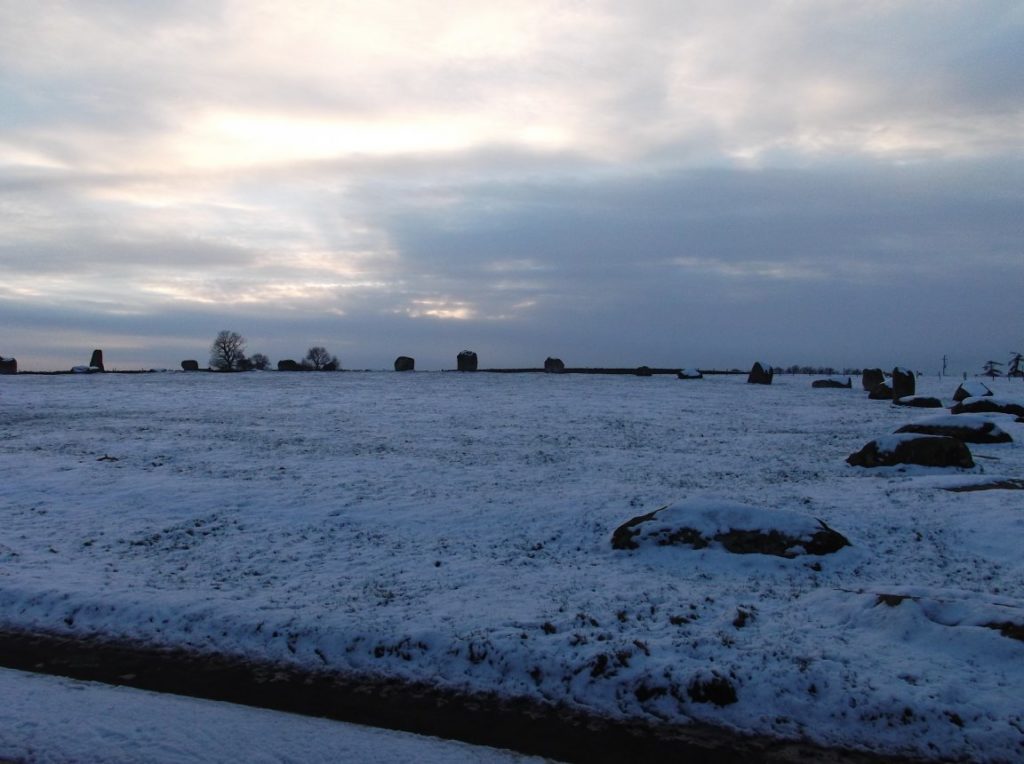
Long Meg and her Daughters
Its alternative name, Sunkenkirk, comes from the legend that the stones were originally to be used for the building of a Church. Every time they tried to build a church, the devil caused the stones to sink into the ground, hence the name “sunkenkirk”, creating the circle which remains today.


